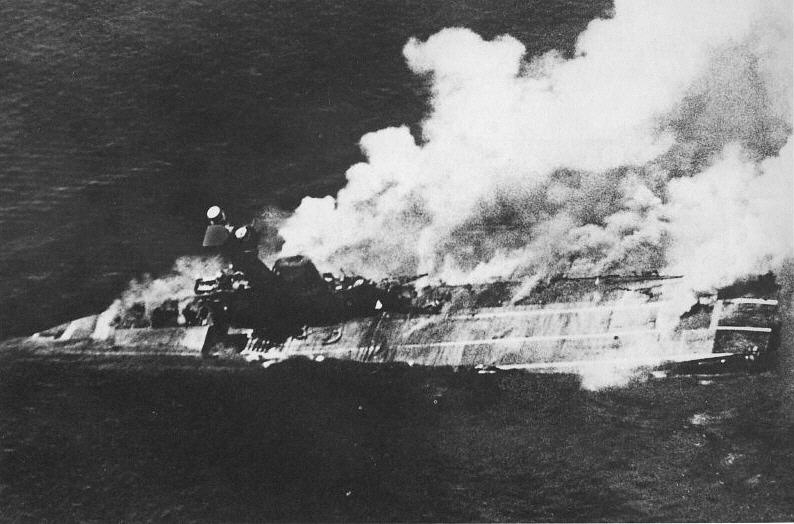
Indian Ocean during World War II, part 3
Gurkas, supported by M3 Grant medium tanks, sweeps Japanese troops off the Imphal Kohima road in northeast India.
At the start of World War II, the Indian Ocean was an extremely important communications route for the Allies, especially the British, to transport supplies and troops from colonies in the Far East and Oceania. The successes of the Japanese dramatically changed the situation: some colonies were lost, while others became front-line states that had to fight for survival alone.
In November 1942, the position of the British in the Indian Ocean was clearly worse than a year earlier, but the disaster promised at the beginning of the year was far away. The Allies dominated the ocean and could deliver cargo both to India and - through Persia - to the Soviet Union. However, the loss of Singapore meant that routes between Britain and Australia and New Zealand were cut short. The security of these two possessions no longer depended on London, but on Washington.
An explosion of ammunition on the ship m / s "Neptune" caused the greatest losses during the bombardment of the port in Darwin. However, the minesweeper HMAS Deloraine, visible in the foreground, survived this tragic event.
However, the threat to Australia and New Zealand from a Japanese attack was small. Contrary to American propaganda, which is still alive today, the Japanese were not crazy militarists overwhelmed by the desire to conquer the whole world, but rational strategists. They hoped that the war they started with the attack on Pearl Harbor in 1941 would follow the same scenario as the war with Russia in 1904-1905: first they would take up defensive positions, stopping the enemy counteroffensive, and then peace negotiations. The British counter-offensive could come from the Indian Ocean, the American counter-offensive from the Pacific. The Allied counteroffensive from Australia was doomed to get stuck in other archipelagos and did not pose a direct threat to Japan. (The fact that it was attempted was due to minor reasons - mostly political - which can be symbolized by General Douglas MacArthur, who wants to return to the Philippines at all costs.)
While Australia was not a strategic target for Japan, it was of potential operational importance. Even before 1941, Commander—later Admiral—Sadatoshi Tomioka, Chief of Operations of the Imperial Naval Staff, suggested that instead of attacking Hawaii—which led to Pearl Harbor and Midway—attack Fiji and Samoa, and then New Zealand. Thus, the expected American counter-offensive was to be directed not directly at the Japanese islands, but into the South Pacific. An attack on New Zealand would have been an action more in line with the premises of the Japanese war plan, but objective factors prevented it.
The naval command decided that three divisions would be enough to capture the northern provinces of Australia, and ships with a displacement of about 500 gross tons would take care of them. The Headquarters of the Imperial Army ridiculed these calculations, determined the minimum force for 000 divisions and demanded a tonnage of 10 gross tons to supply them. These were greater forces and means than those used in the 2 conquests from Burma through Malaya and the Dutch Indies to the Philippines. These were forces that Japan could not field, her entire merchant fleet had a displacement of 000 gross tons.
The proposal to invade Australia was finally rejected in February 1942, when further military steps were considered after the conquest of Singapore. The Japanese decided to invade Hawaii, which ended with the defeat of the Japanese at Midway. The capture of New Guinea was supposed to be a kind of sabotage activity, but after the Battle of the Coral Sea, the plan was put on hold. It is worth noting the interdependence: the Battle of the Coral Sea was fought a month before the Battle of Midway, and losses in the first battle contributed to the defeat of the Japanese in the second. However, had the Battle of Midway been successful for the Japanese, plans to conquer New Guinea would most likely have been renewed. Such a sequence was shown by the Japanese when trying to capture the island of Nauru - this was also part of a sabotage plan before the invasion of Hawaii - forced to retreat in May 1942, repeated the operation in August.